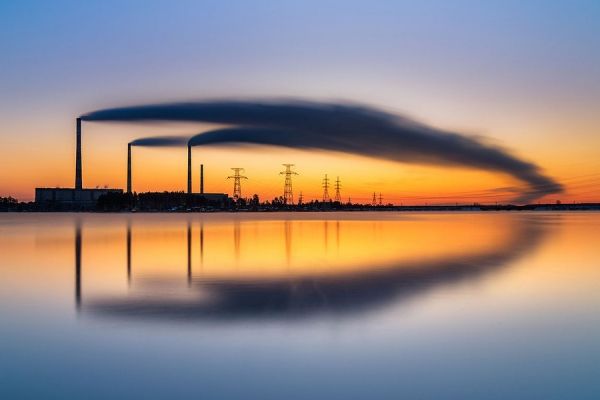Keeping global temperatures within limits deemed safe by the Intergovernmental Panel on Climate Change means doing more than slashing carbon emissions. It means reversing them.
“If we want to be anywhere near those limits [of 1.5 or 2 C], then we have to be carbon neutral by 2050, and then carbon negative after that,” says Matěj Peč, a geoscientist and the Victor P. Starr Career Development Assistant Professor in the Department of Earth, Atmospheric, and Planetary Sciences (EAPS).
Going negative will require finding ways to radically increase the world’s capacity to capture carbon from the atmosphere and put it somewhere where it will not leak back out. Carbon capture and storage projects already suck in tens of million metric tons of carbon each year. But putting a dent in emissions will mean capturing many billions of metric tons more. Today, people emit around 40 billion tons of carbon each year globally, mainly by burning fossil fuels.
Because of the need for new ideas when it comes to carbon storage, Peč has created a proposal for the MIT Climate Grand Challenges competition — a bold and sweeping effort by the Institute to support paradigm-shifting research and innovation to address the climate crisis. Called the Advanced Carbon Mineralization Initiative, his team’s proposal aims to bring geologists, chemists, and biologists together to make permanently storing carbon underground workable under different geological conditions. That means finding ways to speed-up the process by which carbon pumped underground is turned into rock, or mineralized.
“That’s what the geology has to offer,” says Peč, who is a lead on the project, along with Ed Boyden, professor of biological engineering, brain and cognitive sciences, and media arts and sciences, and Yogesh Surendranath, professor of chemistry. “You look for the places where you can safely and permanently store these huge volumes of CO2.”
Read more at: Massachusetts Institute of Technology
A new proposal aims to bring geologists, chemists, and biologists together to make permanently storing carbon underground workable under different geological conditions.(Photo Credit: Vasily Iakovlev/Wikimedia Commons)


